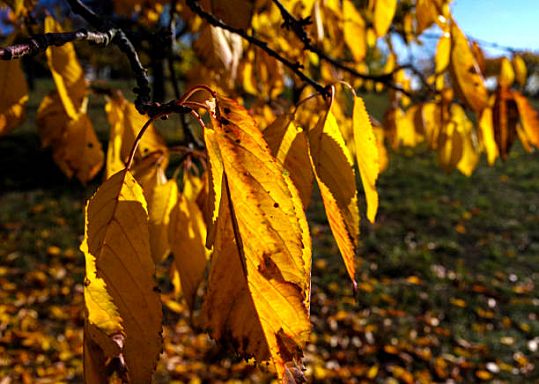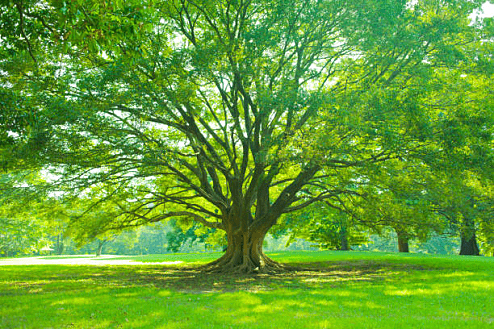Trees are extremely important to the ecology and biodiversity. They are vital habitats for birds, insects, and other wildlife. They store our carbon, which helps to clean the air and give us oxygen. They also assist to minimise soil erosion and landslides by slowing the flow of floods and stabilising soils. And if you have a tree or trees in your backyard, you must be aware of how valuable they are in giving you and your family a better quality of life.
Your trees, like humans and animals, require regular checkups to ensure their health. There are several methods for analysing the health of a tree, but one of the most useful is to first grasp what the tree in question should look like. It is essential to keep an eye out for warning signs to prevent having to call an emergency tree cutting services in Sydney.
Trees Let You Know When They’re Sick
Trees cannot talk, but their appearance speaks volumes. Sick trees give strong indications that illness is taking hold. Look for the following 5 signs that your tree is sick:
Borer Beetles
Borer is a beetle that may adhere to a variety of hardwood trees in Australia. The female beetle lays her eggs in the trunk or branches of the tree, and the larvae feed on the tree’s nutrition, depriving it of the resources it requires to flourish.
Borer beetles may do significant damage, so it’s critical to keep an eye out for them. Borer evidence is typically detected in the tree’s trunk or main limbs. Look for circular or oval holes in your tree where the borer has begun to enter.
Discoloured leaves


If your tree is diseased, the fronds or leaves may turn yellow. Outside of seasonal changes, discolouration of the leaves signals that the tree is not getting enough sunshine, water, or nitrogen. This suggests it can’t create energy through photosynthesis or that a disease is spreading within the tree.
The Top Is A Little Thin
A human may go fully bald and yet be perfectly healthy, but trees cannot. If you observe that the canopy of your tree is thinning or is not as thick as it once was, your tree may be sick. This is especially noticeable in bigger trees with a luxuriant canopy.
Leaf Fall
If your tree is losing leaves when it usually has a lot, it might be ill. Trees often blossom and generate new leaves in the spring and summer. If your tree is shedding leaves rather than sprouting new ones for the new season, it might be an indication of illness.
Not a Drop-to Drink
If the soil surrounding your tree is bone dry and you know it hasn’t been watered in a few days, your tree may be sick. Most trees require a lot of water and frequently store it deep in their root system. However, if it hasn’t been watered in a while, it might be drying out. Water the tree well. Wait a few days to watch if the tree begins to heal or if it is injured or infected.
If you don’t want your family to be in danger because your tree might fall at any time and you’d have to call emergency tree services in Sydney, get rid of it or treat the tree as soon as possible.
What To Do If You Find Your Tree Sick?
Call Tall Timbers Tree Services if you want the best specialists to help you get rid of your problematic tree. Our knowledgeable arborists can assist you in inspecting your trees and surveying your complete property to identify the best solutions to your tree problems. By hiring us, you may stay on your own schedule and be uninjured while maintaining the health and safety of your landscape, family, and community.

